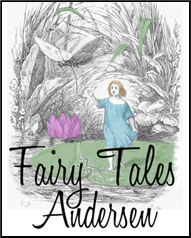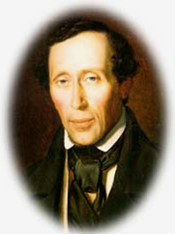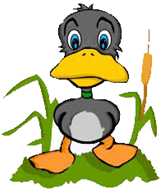


HANS CHRISTIAN ANDERSEN 1805 -
xxxxxThe Danish writer Hans Christian Andersen published the first of his many fairy tales -

 xxxxxIt was in 1835 that the Danish writer Hans Christian Andersen wrote the first four of his famous fairy tales under the title Tales Told for Children. By the time he had finished his series of collections in 1872 he had produced 168 stories, among them being The Ugly Duckling, The Little Mermaid, The Snow Queen, The Emperor’s New Clothes, The Little Fir Tree and The Steadfast Tin Soldier. They were attractively written and full of childlike fantasy and wonder, and, unlike earlier story tellers, like the Brothers Grimm and Charles Perrault, he did not depend on rewriting old material. Some were based on folklore, but the vast majority were original, and leaned heavily upon his own deprived childhood. As a result, not all had happy endings, and there was often a stark lesson to be learnt. These combined elements, and his unique style, gave his tales a universal appeal which crossed over cultural boundaries. They were translated into more than 80 languages, many in his own lifetime, and, subsequently, they have been adapted for plays, films and ballets.
xxxxxIt was in 1835 that the Danish writer Hans Christian Andersen wrote the first four of his famous fairy tales under the title Tales Told for Children. By the time he had finished his series of collections in 1872 he had produced 168 stories, among them being The Ugly Duckling, The Little Mermaid, The Snow Queen, The Emperor’s New Clothes, The Little Fir Tree and The Steadfast Tin Soldier. They were attractively written and full of childlike fantasy and wonder, and, unlike earlier story tellers, like the Brothers Grimm and Charles Perrault, he did not depend on rewriting old material. Some were based on folklore, but the vast majority were original, and leaned heavily upon his own deprived childhood. As a result, not all had happy endings, and there was often a stark lesson to be learnt. These combined elements, and his unique style, gave his tales a universal appeal which crossed over cultural boundaries. They were translated into more than 80 languages, many in his own lifetime, and, subsequently, they have been adapted for plays, films and ballets.
 xxxxxAndersen was born into a poverty-
xxxxxAndersen was born into a poverty- Copenhagen University in 1828. He gained recognition with his tale of fantasy the following year -
Copenhagen University in 1828. He gained recognition with his tale of fantasy the following year -
xxxxxFrom 1840 he travelled widely in Europe and the Mediterranean, as well as visiting parts of Africa, and this supplied him with the material for a number of travel books. It was at this time, during a stay in England, that he met and became friends with Charles Dickens. Soon after this meeting the English novelist began work on David Copperfield, and some have suggested that the character Uriah Heep was based on Andersen -
xxxxxToday, Andersen’s novels, plays and travel books are little known outside of Denmark, but his fairy tales have been read and loved throughout the world, making him the recognised master in this particular genre. In 1867, by then a state councillor and a professor, he was granted the freedom of his home town Odense. The ugly duckling had indeed become a swan. The humble house where he grew up as a boy is now a museum in his honour.
 xxxxxIncidentally, there is a bronze statue of Andersen in Central Park, New York City, showing him seated on a park bench, an open book on his lap and the ugly duckling at his feet (illustrated). Apparently it was specially made so that young children could clamber all over it! ……
xxxxxIncidentally, there is a bronze statue of Andersen in Central Park, New York City, showing him seated on a park bench, an open book on his lap and the ugly duckling at his feet (illustrated). Apparently it was specially made so that young children could clamber all over it! ……
xxxxx…… Andersen never married and, whilst he had a number of friends, his life was often lonely. However, later, in his The True Story of My Life, he wrote “Life itself is the most wonderful fairy story”.
Acknowledgements
Andersen: by his friend, the Danish artist Frederick Ludwig Storch (1805-
W4-


